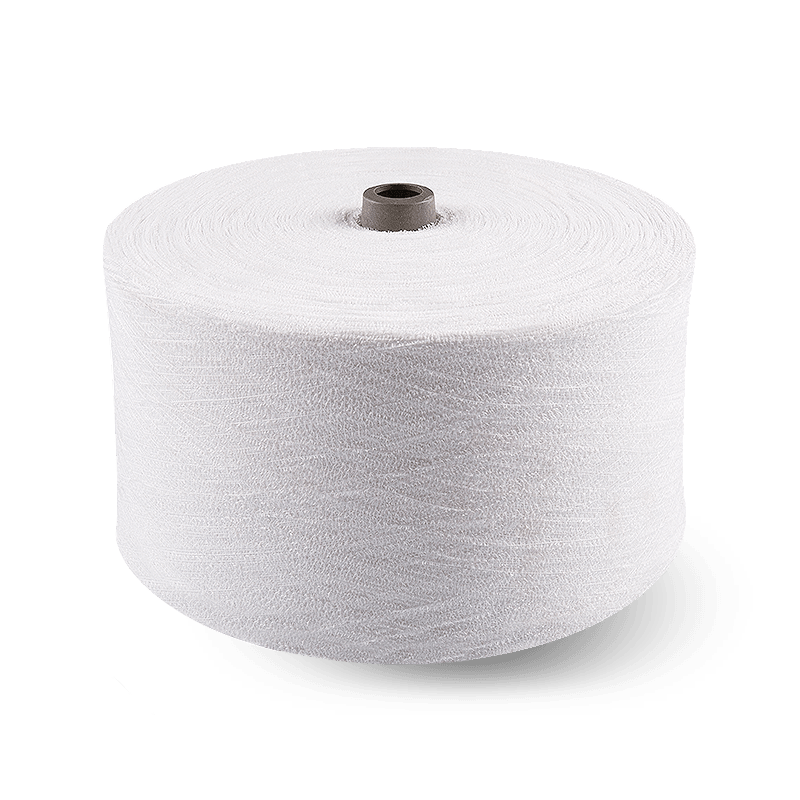Crochet is a timeless craft that blends creativity, tradition, and handson artistry. At the heart of every crochet project lies one essential material: crochet yarn. This flexible and diverse fiber is the foundation of everything from delicate lace doilies to chunky winter scarves. Whether you're a beginner learning basic stitches or a seasoned artisan crafting intricate patterns, the right yarn plays a critical role in the look, feel, and durability of your creations.
This article explores what crochet yarn is, the different types available, how to choose the right yarn, and the many ways it's used in handmade projects.
What Is Crochet Yarn?
Crochet yarn refers to the thread or strand of fiber used specifically in crochet projects. It is typically spun from natural or synthetic fibers and comes in various thicknesses (called “weights”), textures, and colors. While the same types of yarn can be used for knitting, weaving, or other fiber arts, yarn labeled for crochet often features qualities that make it easier to manage with a crochet hook—such as minimal splitting and good elasticity.
Yarn is sold in skeins, balls, hanks, or cakes and is available at craft stores, specialty yarn shops, or online retailers. It varies widely in price, depending on the fiber content, quality, and brand.
Common Types of Yarn Used for Crochet
There is no onesizefitsall when it comes to crochet yarn. Crafters choose different yarns based on project needs, personal preference, and desired effects. Some of the most popular types include:

1. Cotton Yarn
Smooth, breathable, and highly absorbent.
Great for dishcloths, summer tops, and home décor items.
Holds shape well, but has little stretch.
2. Acrylic Yarn
Affordable, widely available, and machinewashable.
Ideal for beginners due to its low cost and ease of use.
Comes in countless colors and textures.
3. Wool Yarn
Warm, soft, and elastic with excellent stitch definition.
Perfect for winter garments like scarves, hats, and mittens.
May require handwashing, unless labeled superwash.
4. Blended Yarn
Combines two or more fibers (e.g., cottonacrylic, woolnylon) to balance qualities like softness, durability, and affordability.
5. Specialty Yarn
Includes bamboo, silk, alpaca, linen, or novelty yarns with sequins or metallic threads.
Often used for luxurious or decorative projects.
Each yarn type behaves differently when crocheted, so understanding its characteristics is essential for achieving the desired result.
Understanding Yarn Weight and Thickness
Yarn weight refers to the thickness of the yarn strand and significantly influences the final look and size of a crochet item. Common yarn weights include:
Lace or fingering (very thin)
Sport or DK (lightweight)
Worsted (medium weight)
Bulky or chunky (thicker)
Super bulky (very thick)
Thinner yarns create delicate and lightweight items, while thicker yarns are best for fast projects with bold textures. Most yarns include weight information on their labels, along with suggested hook sizes.
How to Choose the Right Crochet Yarn
Choosing the right yarn depends on several factors:
1. Project Type
Use lightweight yarn for baby clothes or lacework, and thicker yarns for blankets or winter wear.
2. Skill Level
Beginners may prefer acrylic or cotton yarns in medium weight, as they are easier to handle and unravel if needed.
3. Color and Texture
Smooth, lightcolored yarns are better for seeing stitches clearly.
Textured or variegated yarns add visual interest but may obscure complex stitch patterns.
4. Budget and Availability
Acrylic yarns are the most budgetfriendly, while luxury yarns can be quite expensive.
5. Care Instructions
If the item will be washed frequently (e.g., baby items or dishcloths), choose machinewashable yarn.
Always read yarn labels carefully—they provide valuable information about fiber content, yardage, gauge, and care requirements.
Popular Crochet Projects Using Yarn
The versatility of crochet yarn means you can create almost anything with it. Some popular projects include:
Blankets and Afghans: Often made with medium or bulky yarn for warmth and texture.
Hats, Scarves, and Mittens: Cozy accessories for winter, usually made from wool or acrylic yarn.
Toys (Amigurumi): Small stuffed animals or characters, often crafted with cotton yarn for firmness.
Garments: Sweaters, shawls, and tops made from breathable or stretchy yarns.
Home Décor: Items like baskets, pillow covers, and plant hangers created with durable yarns.
With thousands of free and paid crochet patterns available online, there’s no limit to what you can create with the right yarn and hook.
Caring for Crochet Yarn Creations
Proper care helps your crochet projects last longer:
Follow the yarn label for washing and drying instructions.
Store finished items flat to avoid stretching or distortion.
Protect from moths if using wool or animal fibers.
Avoid harsh detergents that can damage delicate fibers.
If you're gifting a crocheted item, it’s a thoughtful idea to include a tag with care instructions for the recipient.
Conclusion
Crochet yarn is much more than just thread—it’s the starting point of creativity, the medium that brings patterns and imagination to life. With so many types, textures, and colors available, crochet yarn allows artisans to craft meaningful, personal, and practical items for every occasion.
Whether you’re crocheting a cozy blanket, a stylish shawl, or a playful toy, the yarn you choose sets the foundation for your project’s success. By understanding yarn weights, fiber types, and care needs, you can make informed choices that enhance your experience and the quality of your handmade work.